Numerous are the wonders that this Bolivarian Socialism of the XXI Century has graced us with. Endless blackouts and water shortages that I’m sure some will say they help preserve the environment, shortages that help is stretch our limbs and increase our legs’ resistance, lack of access to proper nutrition in exchange for a diet that gets us hard, and all sorts of woes and calamities that have forced us to adapt, improvise, sacrifice, and sometimes, to resign in a vain attempt to attain some modicum of normalcy in our lives.
Yet, among those wonders that can only be achieved through Revolution™ there’s one that’s rather peculiar: The fact that it turned every single citizen into a millionaire. A year ago this happened to be a fact, Venezuela was a nation of millionaires, from the youngest children to the eldest among us. Our bank accounts were filled to the brim with millions of a currency with no real value left whatsoever.
It was all fun and games until the “Sovereign Bolivar” and its corresponding monetary reform were implemented, and then, just like that, on the morning of the 20th of August of 2018—we stopped being millionaires, what was once 100,000 became 1.
We shed off those five zeroes while the regime instructed everyone to stand tall and look upon the horizon, for a new currency was upon us, one that would herald the economic rebirth of what’s left of this country.
We’re now one week away from the first year anniversary of the Sovereign Bolivar’s implementation; this happens to be the third iteration of the Bolivar in Venezuelan history. The first one was the original Bolivar, which lived from 1979 until 2008, followed by the Bolivar Fuerte, which only lasted a little over ten years, and now the Sovereign Bolivar—now officially referred as Bolivar.
It hasn’t been twelve full months yet since its birth and we’re starting to become millionaires again in a rather steady manner. Transactions that involved hundreds of Sovereign Bolivars towards the end of the year now involve a million or two. It simply was a currency destined to fail, akin to painting a house’s living room while the basement is flooding, the kitchen on fire, and with a bad case of clogged pipes.
Just like during the last year of the 2008-2018 Bolivar Fuerte, the Sovereign series of banknotes are only used or desired either out of a strict formality (due to the slightly softened but still draconian currency controls) or due to the lack of access to foreign currency.
Nowadays, the Bolivar currency as a whole is for all intents and purposes an annoyance, sadly, it is the only currency that most of the country’s citizens have access to; not everyone here is fortunate enough to have access life-saving foreign currency and/or other forms external aid.
Sovereign Hyperinflation
One of the goals of the currency reform was to simplify transactions, they were rather out of hand all things considered. Before this reform a regular citizen would find itself juggling dozens (if not hundreds) of millions per day in regular expenses while banks and commercial establishments had to wrestle with a numerical chimera comprised of billions.
Because nothing substantial was done in order to stop hyperinflation through the first year of the Sovereign Bolivar’s life, all it did was to temporally reset the complexity of doing accounting with a currency going through the worst hyperinflation in recent history.
During the first week of the Sovereign Bolivar’s lifespan, 10,000 Bolivars was kind of a big deal, today that doesn’t even get you a decent breakfast, it doesn’t even buy you a small loaf of bread nor is it even half of what a large one goes for these days.
Since my seven year old phone’s battery is busted, I can’t access its files at the moment, thus, this is the only comparison I can make, apologies for that.
The first picture is from Oct 21, 2017, 56,000 Bolivars (Fuerte) for a kilogram of white cheese.
The second picture is from Sept 09, 2018 after the introduction of the Sovereign Bolivar, 451.90 for a kilogram of mozzarella cheese.
The third picture is from February 09, 2019, 25,063 for a kilogram of mozzarella.
The fourth, and most recent picture, is from August 09, 2019. 50,753 for a kilogram of mozzarella.
Taking the second and fourth picture into consideration, these are the same brand and type of cheese, bought exactly eleven months apart, except it now costs 112 times more.
It only took about a year (give or take a couple weeks) for prices to go back to what they where at a year before the implementation of the Sovereign Bolivar—and I’m afraid that the train has no brakes.
The sad part is that hyperinflation has been so out of control for so long that our minds are just accustomed to it, as soon as price spike again each month your mind automatically readjusts itself. I no longer get shocked when something is suddenly 50% more expensive—I get surprised when it hasn’t.
Hyperinflation doesn’t just slap your face—it hits you with a sledgehammer, it’s just that it’s been a part of our lives for so long that we’ve become numb to its presence.
Sovereign Bolivar: RGB Edition
The Central Bank of Venezuela released an ‘expansion’ to the Sovereign Bolivar family banknotes that was released on June 13th, 2019. These three, rather cheap monopoly looking banknotes are respectively worth 10,000, 20,000, and 50,000.
Water, grass, or fire. Pick your starter, doesn’t matter, they’re not worth much anyways.
They are sort of a paradox, they definitely more convenient than carrying out wads of Bs 2, 5, 10, 20, 50, 100, and 500 notes, but at the same time the circumstances of the country make them somewhat useless. Getting a hold of these is not worth the hassle, most banks are handing out somewhere between 30,000-50,000 per day if you do the corresponding bank teller line, while ATMs are still handling out 3,000 or so max per day (in the case of my bank at least).
I was ten years old when the original 50,000 Bolivar note was released, unlike this new one, the old 1998 series 50,000 banknote had actual value, you could even buy a brand new video game with one of those and receive enough change for a family meal.
The only reason I bother going to a bank to withdraw paper cash is to have bus money and to pay the collaboration fee to have my mother’s name included in Mass, something I’ve been doing every month since her passing.
Ultimately, the Sovereign Bolivar was dead on arrival, so dead indeed that it gave fort to an unofficial Dollarization of Venezuela—so much for all that ‘we’re going to free ourselves from the tyranny of the Dollar’ babbling.
The much heralded economic recovery never took place, which doesn’t surprise anyone the slightest. Even my WoW gold gimmick once again holds true; despite the fact that five zeroes were axed a year ago WoW gold is once again worth more than the current iteration of the Bolivar, and that game has been an unmitigated disaster over the past year, a disaster that’s not as huge as ours though.
When this Revolution took power in 1999, the Bolivar:USD exchange rate was approximately 570:1. If you read all the zeroes that were removed over the past ten years then you’ll find out that the exchange rate today is approximately 1,400,000,000,000:1.
All it did was act as a sort of band-aid that has made accounting and banking less of a headache, that’s the only accolade that can be attributed to the Sovereign Bolivar, that is, until we become millionaires once more over the next weeks.
Rest in peace Bolivar Soberano. I guess you were never destined to succeed as a currency.
-Kal
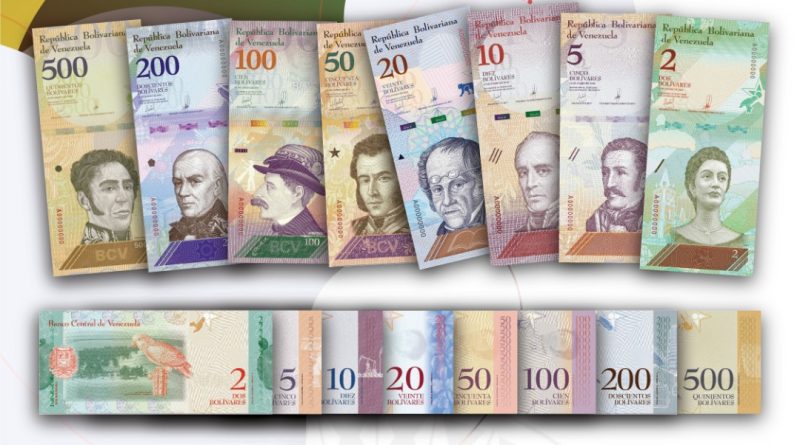
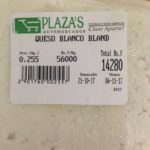
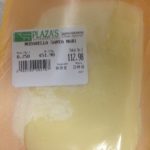
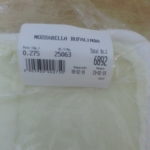
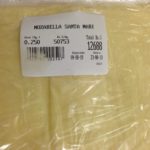
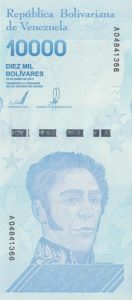
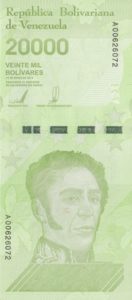
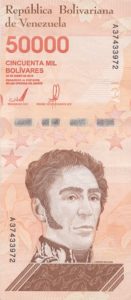
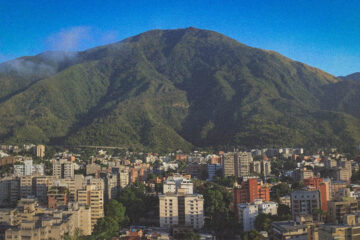


3 Comments
Some neologisms and terms of pre and post-collapse Venezuela | ckaleb[dot]com · September 4, 2020 at 7:41 am
[…] currency was resurrected in 2018, and it was already limping on its last legs before it’s first year anniversary. I’ve had the (mis)fortune of having lived through three iterations of the Bolivar so far, all […]
Lockdown: Year One | ckaleb[dot]com · March 15, 2021 at 5:00 pm
[…] times of Revolution. This currency was doomed from the start, showing signs of its impending demise when it barely was a year old, ill-fated to have the same demise as its […]
Dude, just axe more zeroes — again! | ckaleb[dot]com · August 6, 2021 at 2:18 pm
[…] Sovereign Bolivar, launched in 2018, didn’t even make it through its first year before dying, and it’s pretty much been a moribund or undead currency since 2019. The […]
Comments are closed.